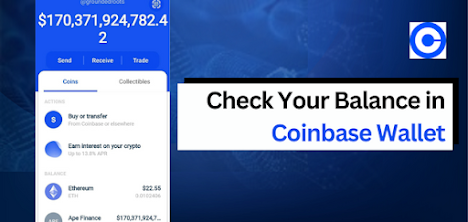What is the Uniswap Exchange, and How Does It Work?
A Complete Overview of Uniswap Exchange
In the rapidly evolving landscape of decentralized finance (DeFi), Uniswap has emerged as a prominent player, revolutionizing the way we trade cryptocurrencies. For professionals looking to dive into this exciting space, understanding Uniswap and how it works is crucial. So, let's explore the fundamentals.
What is Uniswap?
Uniswap is a decentralized bitcoin exchange mechanism based on the Ethereum blockchain. Unlike traditional exchanges that rely on order books and centralized intermediaries, Uniswap operates entirely through smart contracts, enabling users to swap ERC-20 tokens directly from their wallets.
How Does Uniswap Work?
1. Automated Market Maker (AMM) Model:
Uniswap operates on the Automated Market Maker (AMM) model. Instead of relying on buyers and sellers to create liquidity and determine prices, Uniswap uses liquidity pools.
2. Liquidity Pools:
Users can participate in these liquidity pools by depositing the same value of both tokens in a pair of them. For example, if you wanted to provide liquidity for the ETH/USDC pair, you would add an equal amount of Ethereum and USDC to the pool.
3. Swapping Tokens:
Users can swap tokens directly on the Uniswap platform. Smart contracts facilitate the trade by automatically adjusting pricing based on the pool's token ratio. This process eliminates the need for order books and enables seamless, trustless trading.
4. Liquidity Provider (LP) Fees:
It is applied to all swaps that use the Uniswap Protocol. The LP cost is deducted from the input token.
Ready to Explore
Read :- How To Connect Trust Wallet To Uniswap Exchange?
Advantages of Uniswap:
- Decentralization: Uniswap operates without a central authority, providing users with full control over their funds.
- Accessibility: Anyone with an Ethereum wallet can access Uniswap without the need for registration or KYC.
- Efficiency: Trades on Uniswap are executed quickly and at predictable prices, thanks to the AMM model.
- Innovation: Uniswap has paved the way for countless DeFi projects and innovations, driving the growth of the ecosystem.
Risks and considerations:
1. Impermanent Loss: Liquidity providers face the risk of impermanent loss, which arises when the value of tokens in the pool deviates dramatically from the initial deposit.
2. Smart Contract Risk: Uniswap smart contracts have been audited, but there is always the possibility of weaknesses or exploits.
Conclusion:
Uniswap represents a paradigm shift in the world of cryptocurrency trading, offering a decentralized, efficient, and innovative alternative to traditional exchanges. By understanding its principles and mechanics, professionals can navigate the DeFi landscape with confidence and seize the opportunities it presents.
Crypto ATM Expert specializes in delivering detailed information regarding cryptocurrency ATMs. We help users understand the complexity of bitcoin transactions, guaranteeing a flawless experience.




Comments
Post a Comment